Infection can be prevented through cooking and avoidance of cross-contamination
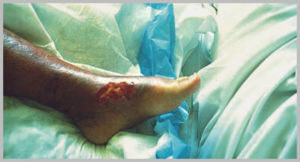
Vibrio vulnificus are rod-shaped, salt-tolerant bacteria that are natural inhabitants of marine environments. The bacteria reproduce rapidly in water with temperatures of 30 to 35 degrees-C and salinity levels of approximately 0.5 percent.
They have been detected in seawater and shellfish in the United States and many other countries. In the United States, the highest seawater concentrations of the bacteria are found in the Gulf of Mexico from April through October.
Infection cases
On average, over 90 cases of V. vulnificus infection occur annually in the United States. About 50 percent of the cases result from consuming raw or undercooked seafood (Fig. 1). Although these numbers are small compared with cases of other foodborne illnesses, the mortality rate for foodborne V. vulnificus infection is much higher – approximately 50 percent.
V. vulnificus bacteria can be dangerous to susceptible high-risk consumers with diabetes, liver disorders, alcoholism, cancer, hemochromatosis, HIV/AIDS, gastric disorders, weakened immunity, and/or chronic kidney disease. These consumers can become infected after eating raw or undercooked seafood, especially oysters from the Gulf of Mexico, or exposing wounds to seawater containing V. vulnificus bacteria.
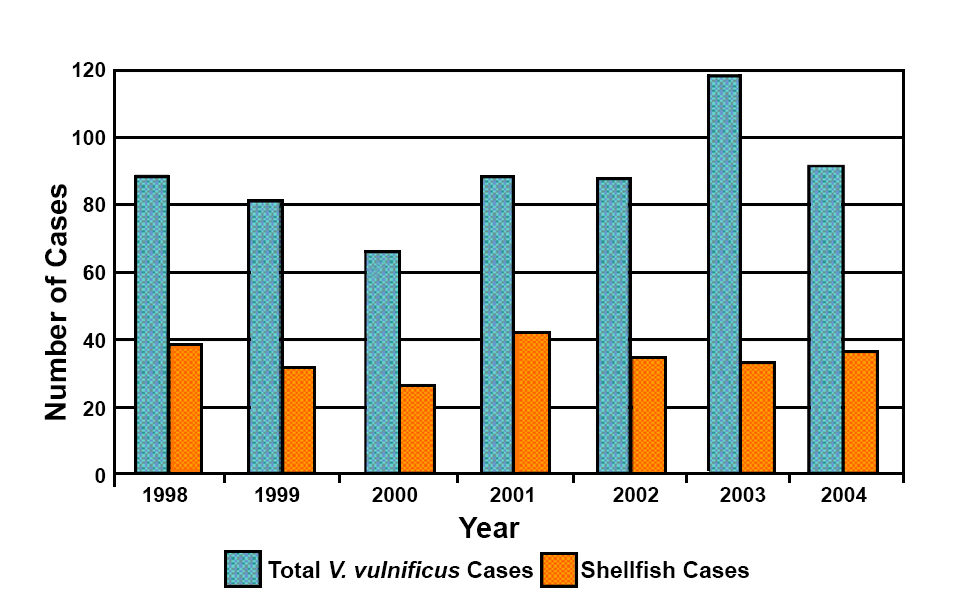
V. vulnificus infection in high-risk consumers progresses rapidly and can result in death within 48 hours. Because infections are uncommon, especially in noncoastal states, diagnosis and appropriate treatment may be delayed. Educating food and health care professionals and high-risk patients/consumers about infection prevention is important.
Modes of infection, symptoms
From seafood
According to the U.S. Centers for Disease Control and Prevention (CDC), 242 of the 484 U.S. cases in the five-year period of 2000 to 2004 resulted from eating raw or undercooked seafood. The subjects of the majority of these cases reported eating several types of seafood. However, of the 105 cases that reported only one item con-sumed, the incriminating seafood was oysters, 88 percent; shrimp, 4 percent; finfish, 4 percent; and 1 percent each clams, lobster, crawfish, and other shellfish.
From wounds
During the same five-year period, the CDC reported a 22 percent fatality rate in the 242 cases that resulted from wound infections. V. vulnificus infection can occur from exposing wounds or sores to seawater when swimming, wading, or fishing, or from wounds obtained during commercial or recreational marine-related activities like shucking oysters, gutting fish, or setting crab traps.
Symptoms
Symptoms of both foodborne and wound infections can quickly become severe. They include problems with the gastrointestinal tract (nausea, vomiting, stomach pain, diarrhea) and fever or chills. Painful skin lesions can develop into blisters, sometimes blood-filled, which erode into necrotic ulcers that may require surgical removal of dead tissue or amputation. Septicemia, shock, and death can follow.
Preventing infection
V. vulnificus infection can be prevented through thorough cooking of seafood and the avoidance of cross-contamination once the seafood is cooked. Preventive measures for high-risk consumers include:
- Eat thoroughly cooked seafood and avoid raw products, especially oysters.
- Protect open wounds and sores from exposure to seawater and raw seafood.
- Recognize symptoms and the importance of immediate medical treatment.
Resources
To help ensure the safety of shellfish products consumed in the U.S., the Interstate Shellfish Sanitation Conference (ISSC) was formed in 1982. The ISSC promotes shellfish sanitation through the cooperation of state and federal control agencies, the shellfish industry, and the academic community. Its 2005 National Shellfish Sanitation Program Guide for the Control of Molluscan Shellfish provides guidance to the industry on the safe and sanitary control of the growing, processing, and shipping of molluscan shellfish for human consumption.
In addition, the www.safeoysters.org website created by the University of Georgia Marine Extension Service and University of California Sea Grant Extension Program was launched in May 2005 to educate food and health professionals, the seafood industry, fishermen, and consumers about Vibrio vulnificus infection. Its list of seafood industry resources includes links to other sites that describe the presence, public health concerns, and control of Vibrio vulnificus in harvesting, handling, processing, and consuming raw oysters and other shellfish.
(Editor’s Note: This article was originally published in the March/April 2007 print edition of the Global Aquaculture Advocate.)
Now that you've reached the end of the article ...
… please consider supporting GSA’s mission to advance responsible seafood practices through education, advocacy and third-party assurances. The Advocate aims to document the evolution of responsible seafood practices and share the expansive knowledge of our vast network of contributors.
By becoming a Global Seafood Alliance member, you’re ensuring that all of the pre-competitive work we do through member benefits, resources and events can continue. Individual membership costs just $50 a year.
Not a GSA member? Join us.
Authors
-
Pamela D. Tom
University of California – Davis
Sea Grant Extension Program
Food Science and Technology Department
1 Shields Avenue
Davis, California 95616 USA[117,100,101,46,115,105,118,97,100,99,117,64,109,111,116,100,112]
-
Tori L. Stivers
University of Georgia Marine Extension Service
Peachtree City, Georgia, USA
Tagged With
Related Posts

Health & Welfare
10 paths to low productivity and profitability with tilapia in sub-Saharan Africa
Tilapia culture in sub-Saharan Africa suffers from low productivity and profitability. A comprehensive management approach is needed to address the root causes.
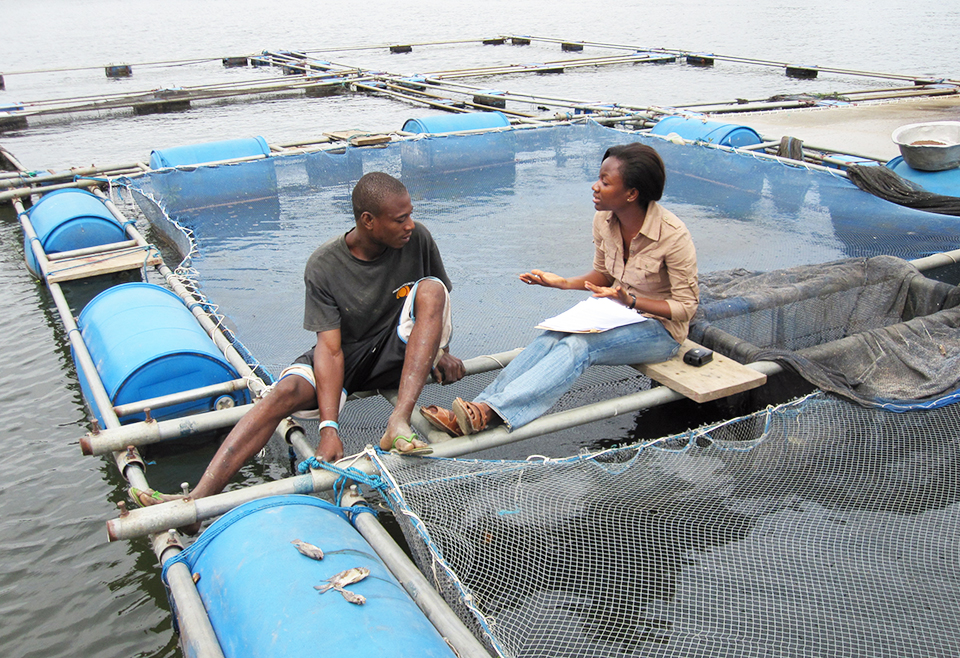
Health & Welfare
A look at tilapia aquaculture in Ghana
Aquaculture in Ghana has overcome its historic fits and starts and is helping to narrow the gap between domestic seafood production and consumption. Production is based on Nile tilapia.
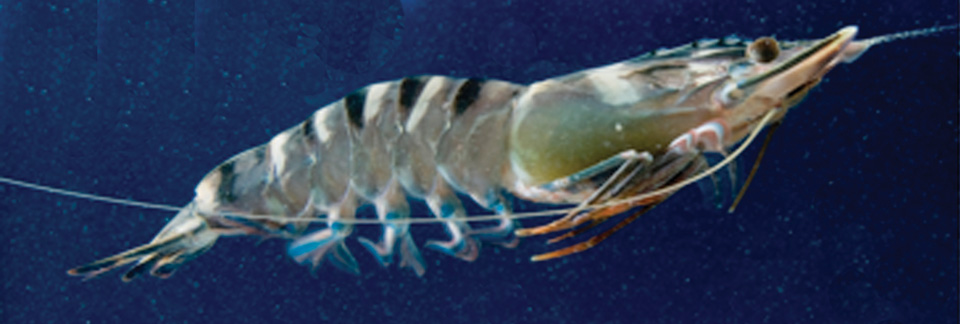
Health & Welfare
Add value to shrimp harvests: Darken environment to enhance shrimp color
Shrimp color is caused by pigments that play an important role in camouflage for survival. For farmed shrimp, proper coloration is generally achieved via synthetic astaxanthin in feed.
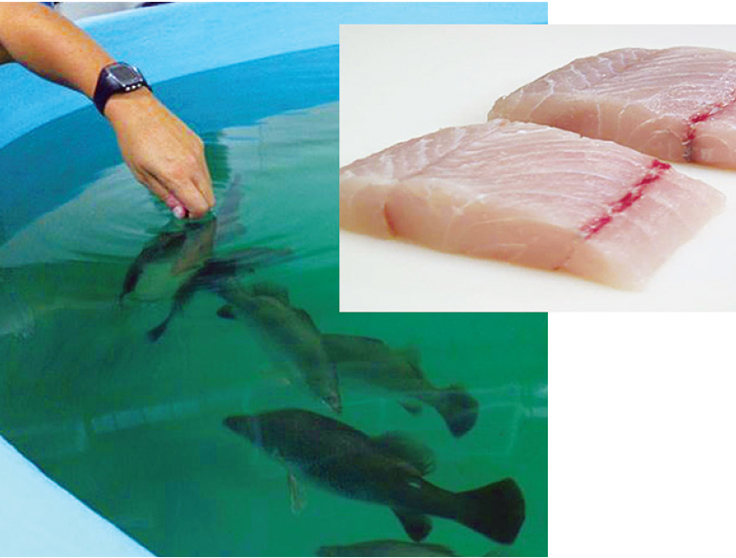
Intelligence
Adding flavor complexity to farmed barramundi
Organoleptic attributes such as flavor and aroma are among the most important factors that influence consumer acceptability and demand for fish products. Consumers have identified farmed fish as less complex and lacking “sealike” or “sea-fresh” flavors and aromas.


